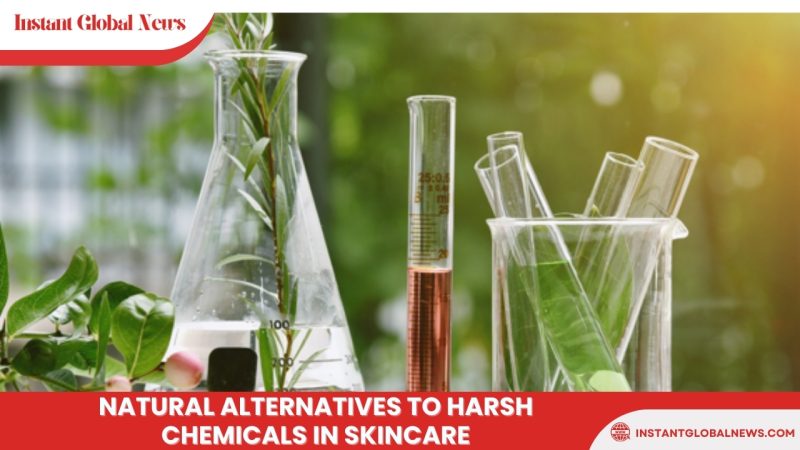1. Introduction
The pharmaceutical and cosmetic industries have been facing increasing pressure to design and launch sustainable products. In the last few years, these industries have been trying to rapidly reinvent themselves, to produce natural, organic, and eco-friendly formulations. Lately, there is also a notorious concern regarding the responsible and ethical supply of raw materials, the practice of fair trade, control of emissions and waste, use of recycled and/or recyclable packaging, as well as the increase of the biodegradable content of the formulas. In the short term, the main goal of any corporation that is trying to implement the concept of sustainability across the product life cycle is the reduction of the environmental, social, and economic impacts while strengthening its position in the market [1,2].
Although advances in the direction of sustainable production are already visible, the selection of raw materials that fulfill all sustainability requirements continues to be a challenge for formulation development processes. A raw material can only be considered sustainable if it has environmentally preferable attributes that meet ethical, social, and economic responsibilities, as previously described [1]. Accordingly, there are five key points that should be considered when selecting sustainable raw materials: (i) the biodegradability pattern and the bio-based composition of the ingredients; (ii) the origin and the source of the raw material, which is as important as the way it was synthesized, extracted, and/or purified; (iii) a natural, green, and/or organic ingredient cannot automatically be classified as sustainable; (iv) a synthetic raw material can be considered sustainable when compared to other options in the market; and (v) sustainability does not only pertain to environmental impact but, also, to economic and social domains [2]. Considering the last key point, it is also necessary to consider the quality of the final product, as this will have a considerable impact on the economic and social domains.
Several studies have described different strategies towards sustainability, such as the exploitation of local and low-cost natural ingredients (e.g., pine nut derivatives and rice water), the production of new and/or improved raw materials through green chemistry, and the use of industry redundancies and/or wastes (e.g., spent coffee grounds and cork) [1,3,4,5,6,7,8,9,10]. Nevertheless, the inclusion of this type of ingredient requires further investigation concerning the physicochemical impact of its use [1]. From this point of view, the buzzwords related to sustainable topical products need to be expanded beyond safety and include efficacy, quality, and marketability. One of the main challenges of replacing synthetic ingredients with sustainable alternatives in topical vehicles is to maintain the high-quality standards normally associated with unsustainable products, as the consumer expects similar quality and effectiveness [11]. From a technical point of view, replacing high-performing synthetic raw materials with sustainable natural ingredients can be quite challenging due to instability and aesthetic limitations normally associated with their use [11,12]. Thus, understanding the chemical and physicochemical properties of these compounds plays a crucial role in the formulation process, since it allows predicting stability, performance, and aesthetic matters [1,13]. Alongside, formulators are continuously searching for instrumental methodologies and tools to evaluate the sustainable performance of raw materials and final products [2]. However, there is a lack of comparative studies between conventional ingredients and sustainable alternatives. These studies can also be considered excellent baselines and time-saving strategies for future works.
Natural oils, butters, fats, or waxes, for example, are ingredients to be considered for the replacement of synthetic emollients [1]. The use of this type of ingredient may have several disadvantages, such as the occurrence of crystallization when using natural triglycerides, oxidation with unsaturated compounds, the development of undesirable colors or odors, and incompatibilities between natural and synthetic ingredients that can affect the stability of the formulations [13]. For the replacement of synthetic preservatives, natural and nature-identical substances can be used, as well as self-preservation techniques or “booster” ingredients. Among the several preservation systems available to substitute the conventional ones, the choice of the most sustainable option is not consensual due to environmental, health, and/or formulation limitation issues associated with this type of ingredient [2].
The study reported herein aimed to replace synthetic ingredients used as emollients (e.g., hydrocarbons and silicones) and preservatives (e.g., phenoxyethanol) by sustainable ingredients and to evaluate the influence of the replacement on the physical, chemical, and microbiological features of the emulsions they are part of. The safety, biological efficacy, and sensorial aspects of the developed topical formulations were also assessed by in vivo studies. Additionally, an adequate scale-up procedure was designed; the critical points of the manufacturing process were identified; and the physical, chemical, and microbiological stabilities of the final formulations were also analyzed.



